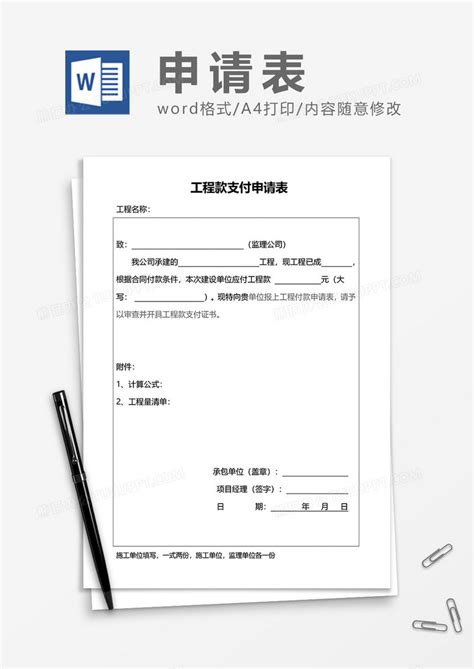Title: Understanding the Importance and Structure of Legal Supervision Documents
In legal practice, the term "legal supervision documents" encompasses a variety of instruments used to monitor, oversee, and regulate legal proceedings or activities. These documents serve as crucial tools in ensuring compliance with laws, regulations, and judicial orders. Let's delve into the significance, types, and components of legal supervision documents, along with some best practices for their formulation and implementation.
Significance of Legal Supervision Documents:
Legal supervision documents play a pivotal role in upholding the rule of law and maintaining order within various sectors of society. They serve several key functions:
1.
Regulatory Compliance:
They ensure that individuals, organizations, or entities adhere to established laws, regulations, and court orders.2.
Transparency and Accountability:
By outlining specific requirements and expectations, these documents promote transparency and hold accountable those subject to supervision.3.
Prevention of Misconduct:
They help prevent illegal or unethical behavior by providing clear guidelines and consequences for noncompliance.4.
Dispute Resolution:
In the event of disputes or violations, these documents serve as references for resolving conflicts and imposing corrective measures.Types of Legal Supervision Documents:
Legal supervision documents encompass a wide range of instruments tailored to different contexts and purposes. Some common types include:

1.
Court Orders:
These are directives issued by a court to regulate specific legal matters, such as restraining orders, injunctions, or warrants.2.
Administrative Regulations:
Government agencies often issue regulations and directives to oversee various industries or activities, such as environmental regulations or workplace safety guidelines.3.
Contractual Agreements:
Contracts may include provisions for supervision and compliance with legal requirements, especially in business transactions or employment agreements.4.
Compliance Policies and Procedures:
Organizations develop internal policies and procedures to ensure compliance with relevant laws and regulations, often including mechanisms for monitoring and enforcement.Components of Legal Supervision Documents:
While the specific components may vary depending on the nature and purpose of the document, some essential elements include:
1.
Introduction and Purpose:
Clearly state the objectives and scope of the supervision, including the legal basis and authority for issuing the document.2.
Requirements and Obligations:
Outline the specific rules, standards, or actions that individuals or entities must adhere to, including deadlines and reporting obligations.3.
Monitoring and Enforcement Mechanisms:
Describe how compliance will be monitored, such as inspections, audits, or reporting requirements, as well as the consequences of noncompliance.4.
Appeals and Grievance Procedures:
Provide mechanisms for individuals to challenge decisions or raise concerns about the supervision process, including avenues for appeal or dispute resolution.5.
Amendment and Termination:
Specify procedures for modifying or terminating the supervision arrangement, including any conditions or criteria that must be met.Best Practices for Formulation and Implementation:
To ensure the effectiveness and legitimacy of legal supervision documents, consider the following best practices:
1.
Clarity and Precision:
Use clear and unambiguous language to articulate requirements and expectations, avoiding ambiguity or confusion.2.
Fairness and Equity:
Ensure that the supervision process is fair, equitable, and applied consistently to all parties involved, without discrimination or bias.3.
Consultation and Engagement:
Involve relevant stakeholders, such as affected parties or legal experts, in the development and review of supervision documents to enhance their legitimacy and effectiveness.4.
Flexibility and Adaptability:
Recognize that circumstances may change over time, requiring adjustments to supervision arrangements to address new challenges or realities.5.
Transparency and Accountability:
Maintain transparency throughout the supervision process, providing regular updates and opportunities for feedback, and holding accountable those responsible for overseeing compliance.In conclusion, legal supervision documents are essential tools for promoting compliance, transparency, and accountability within various legal contexts. By understanding their significance, types, components, and best practices for formulation and implementation, stakeholders can effectively utilize these instruments to uphold the rule of law and ensure the integrity of legal processes.











